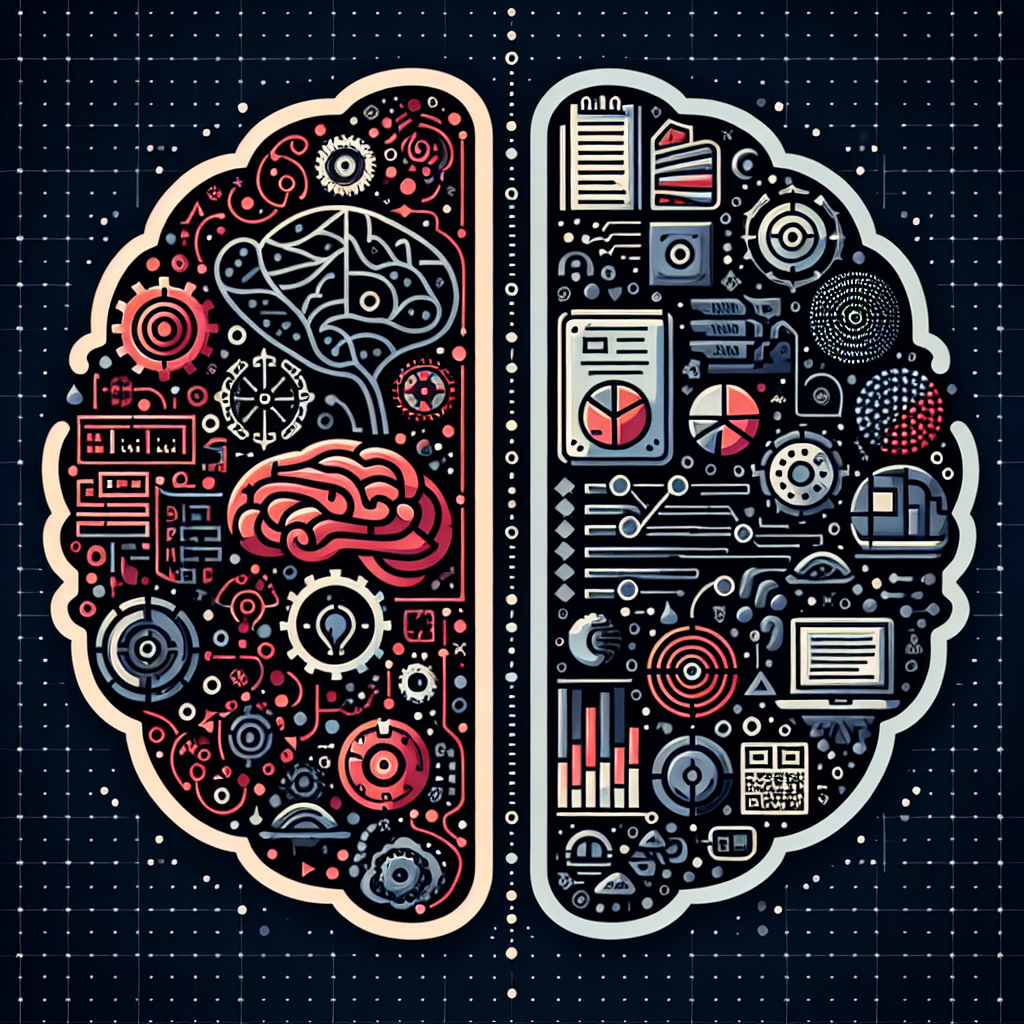Artificial Intelligence (AI) and Machine Learning (ML) are two terms that are often used interchangeably, but they are actually two different concepts within the field of technology. While both AI and ML are related to the development of computer systems that can perform tasks that normally require human intelligence, they have distinct differences in their approaches and applications. In this article, we will explore the key differences between AI and ML, and how they are used in various industries.
AI vs ML: Understanding the Differences
Artificial Intelligence (AI) is a broad field of computer science that focuses on the development of intelligent machines that can simulate human intelligence to perform tasks such as problem-solving, learning, reasoning, and decision-making. AI systems are designed to mimic human cognitive functions, such as visual perception, speech recognition, language translation, and problem-solving. AI systems can be categorized into two types: narrow AI and general AI.
Narrow AI, also known as weak AI, is designed to perform specific tasks within a limited domain. Examples of narrow AI include chatbots, virtual assistants, recommendation systems, and image recognition software. These AI systems are trained to perform specific tasks based on predefined rules and patterns, and they do not have the ability to learn or adapt beyond their programming.
General AI, also known as strong AI, is a theoretical concept of AI that can perform any intellectual task that a human can do. General AI would have the ability to learn, reason, understand natural language, and adapt to new situations without human intervention. While general AI remains a goal for researchers, most AI systems currently in use are narrow AI applications.
Machine Learning (ML) is a subset of AI that focuses on the development of algorithms and statistical models that enable computers to learn from and make predictions or decisions based on data. ML systems are designed to analyze large amounts of data to identify patterns, trends, and insights that can be used to make predictions or automate decision-making processes. ML algorithms are trained using labeled data sets to recognize patterns and make predictions based on new data.
There are three main types of ML algorithms: supervised learning, unsupervised learning, and reinforcement learning. In supervised learning, the algorithm is trained on labeled data sets that provide the correct answer for each input, allowing the algorithm to learn from the data and make predictions on new data. In unsupervised learning, the algorithm is trained on unlabeled data sets to identify patterns and relationships in the data without predefined outcomes. In reinforcement learning, the algorithm learns through trial and error by receiving feedback on its actions and adjusting its behavior to maximize rewards.
Key Differences between AI and ML
1. Scope and Purpose: AI is a broad field of computer science that focuses on the development of intelligent machines that can simulate human intelligence, while ML is a subset of AI that focuses on the development of algorithms and statistical models that enable computers to learn from and make predictions based on data.
2. Approach: AI systems are designed to mimic human cognitive functions, such as problem-solving, learning, reasoning, and decision-making, while ML algorithms are trained using labeled data sets to recognize patterns and make predictions based on new data.
3. Learning Ability: AI systems can be programmed to perform specific tasks based on predefined rules and patterns, while ML algorithms learn from data to make predictions or automate decision-making processes.
4. Application: AI is used in a wide range of industries, such as healthcare, finance, transportation, and entertainment, to develop intelligent systems that can perform tasks such as speech recognition, image recognition, and decision-making, while ML is used to analyze large amounts of data to identify patterns, trends, and insights that can be used to make predictions or automate decision-making processes.
FAQs
Q: What is the difference between AI and ML?
A: AI is a broad field of computer science that focuses on the development of intelligent machines that can simulate human intelligence, while ML is a subset of AI that focuses on the development of algorithms and statistical models that enable computers to learn from and make predictions based on data.
Q: How are AI and ML used in different industries?
A: AI is used in a wide range of industries, such as healthcare, finance, transportation, and entertainment, to develop intelligent systems that can perform tasks such as speech recognition, image recognition, and decision-making, while ML is used to analyze large amounts of data to identify patterns, trends, and insights that can be used to make predictions or automate decision-making processes.
Q: What are the main types of ML algorithms?
A: There are three main types of ML algorithms: supervised learning, unsupervised learning, and reinforcement learning. In supervised learning, the algorithm is trained on labeled data sets to make predictions on new data. In unsupervised learning, the algorithm identifies patterns and relationships in the data without predefined outcomes. In reinforcement learning, the algorithm learns through trial and error to maximize rewards.
In conclusion, while AI and ML are related concepts within the field of technology, they have distinct differences in their scope, purpose, approach, and application. AI focuses on the development of intelligent machines that can simulate human intelligence, while ML focuses on the development of algorithms and statistical models that enable computers to learn from and make predictions based on data. Both AI and ML have a wide range of applications in various industries, and they are shaping the future of technology by enabling machines to perform tasks that normally require human intelligence.

